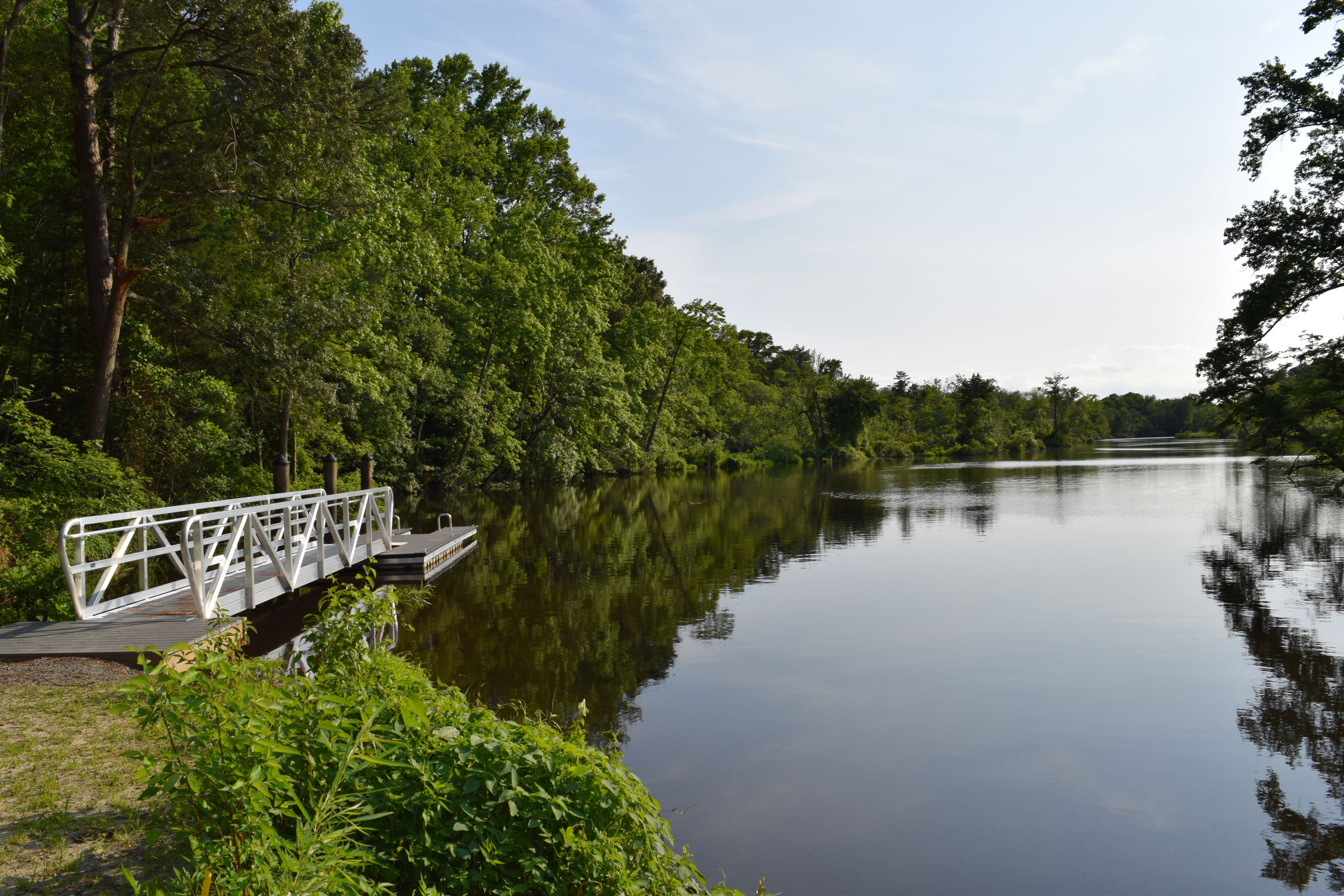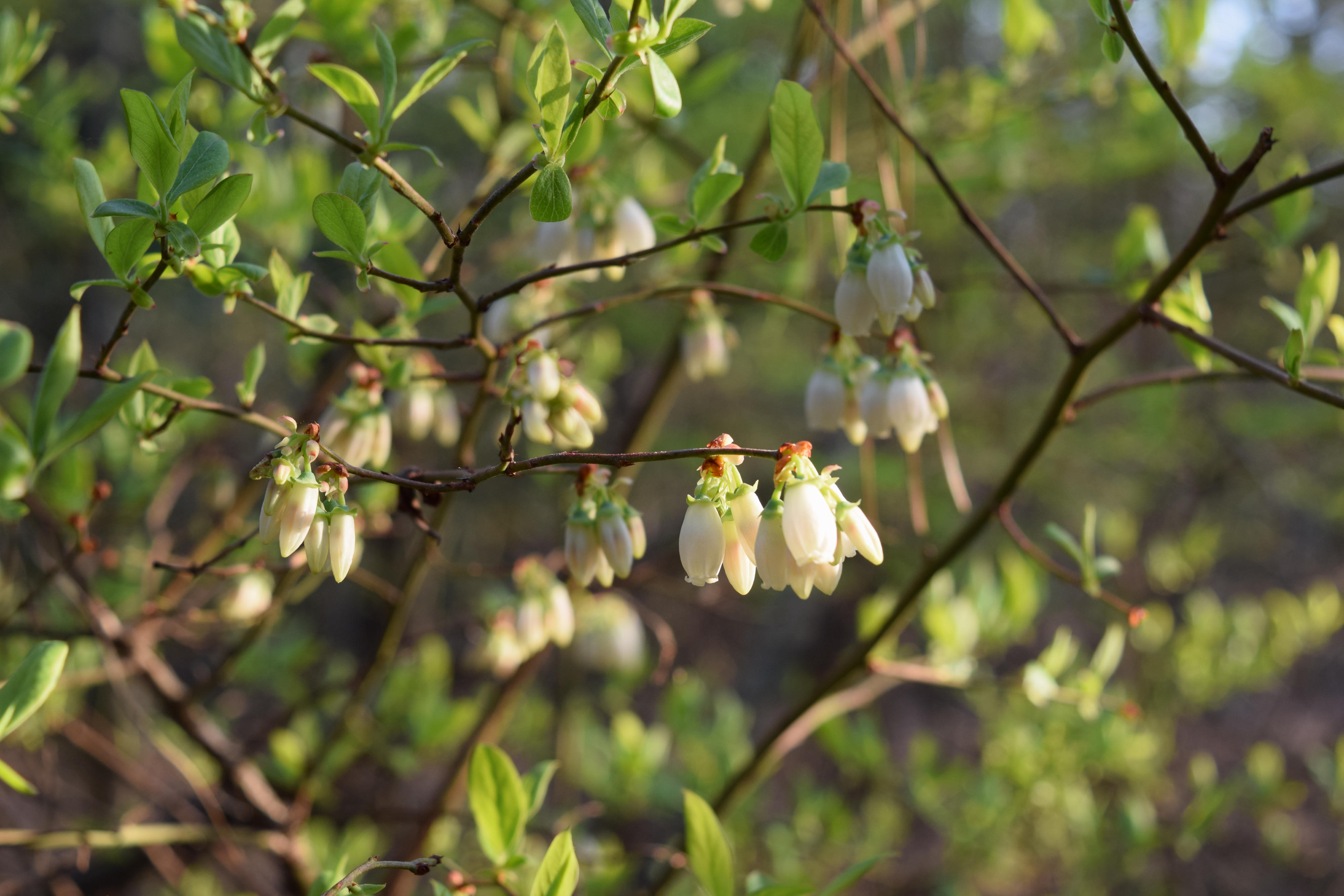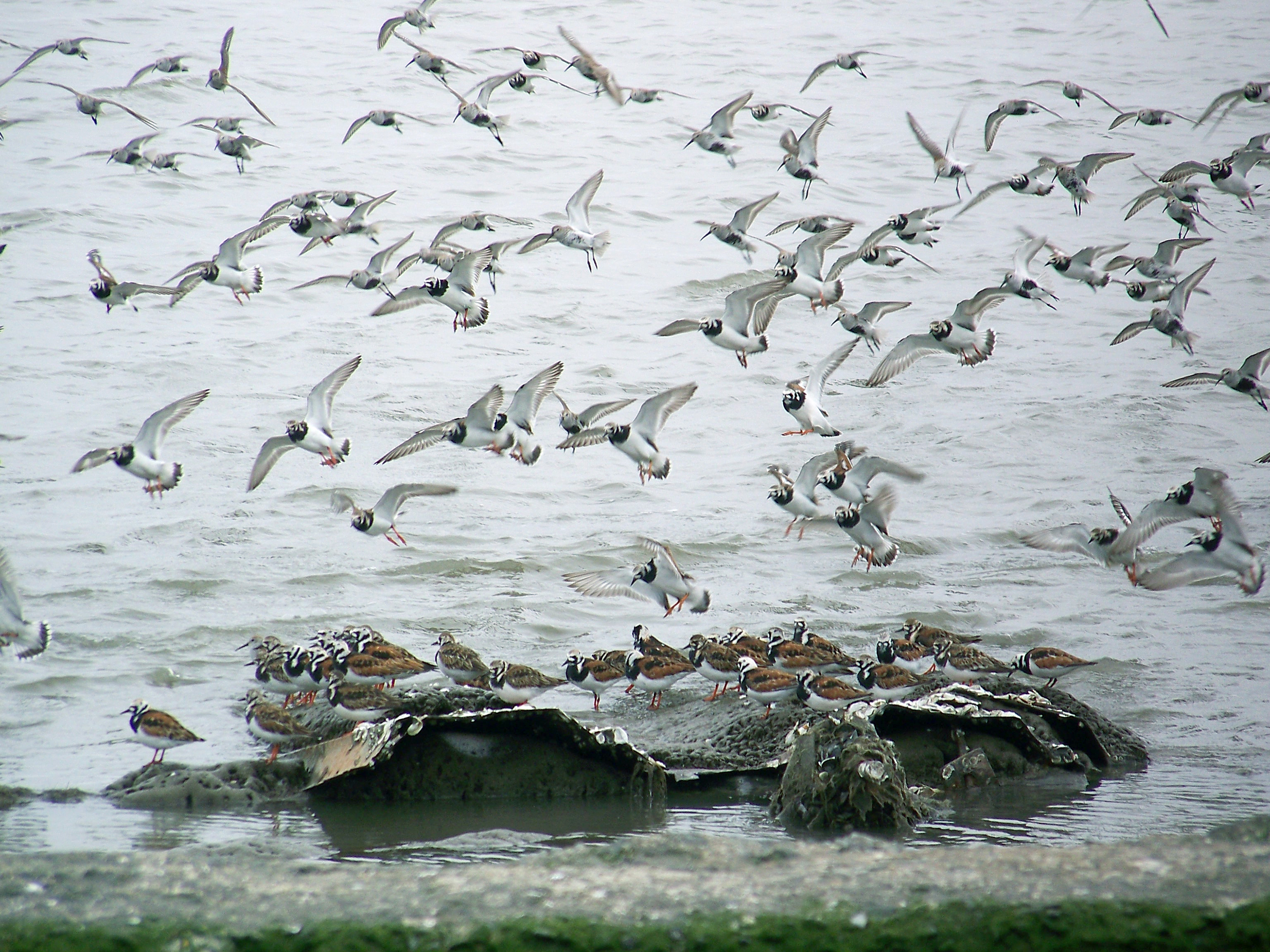Thanks to your help, we have protected more than 30,000 critical acres across Delaware since 1990.
Nature for All
The Nature Conservancy is dedicated to building a world where both people and nature can thrive together. Our mission is to protect lands and waters on which all life depends. We strive to offer opportunities for individuals of all ages, abilities, backgrounds, and perspectives to develop a lifelong bond with the natural world. We believe that nature should be accessible to all, and we invite you to enjoy the outdoors safely and fairly at our public preserves. We all share one planet, and everyone is welcome here.
In addition to providing healthy and resilient habitats for a wide variety of wildlife, The Nature Conservancy's preserves in Delaware are the perfect destinations to enjoy the outdoors. Whether you’re looking to spot migratory birds, walk through coastal hardwood forests, or take your kayak along the Broadkill River, one of our public preserves has you covered!

Stay in Touch
Sign up to receive monthly e-mail conservation news & updates from Delaware.
Public Preserves
Become a Volunteer Monitor
You can help us protect nature!
-
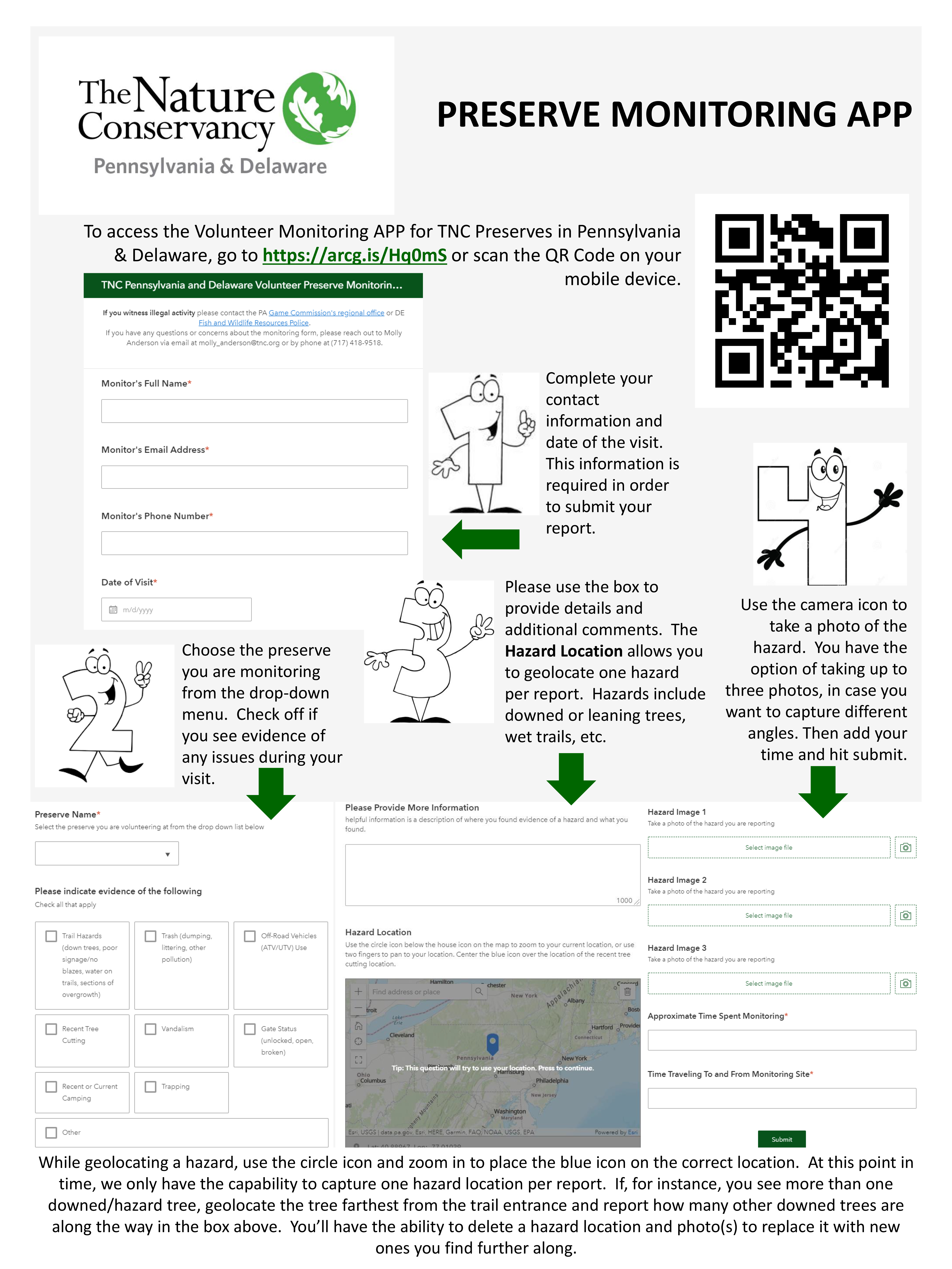
Preserve Monitoring
We need volunteers to help us monitor our public preserves. Monitors can use an app to log information and keep us informed of new issues like downed trees across the trails or other maintenance needs. Learn more by downloading the form.
DOWNLOAD
Other TNC Managed Preserves in Delaware
-

Bullseye-Ferry Landing Preserve
Sitting along the Indian River in southeastern Sussex County, Bullseye-Ferry Landing is a mosaic of diverse living communities. Learn More About Bullseye Ferry Landing Preserve
-
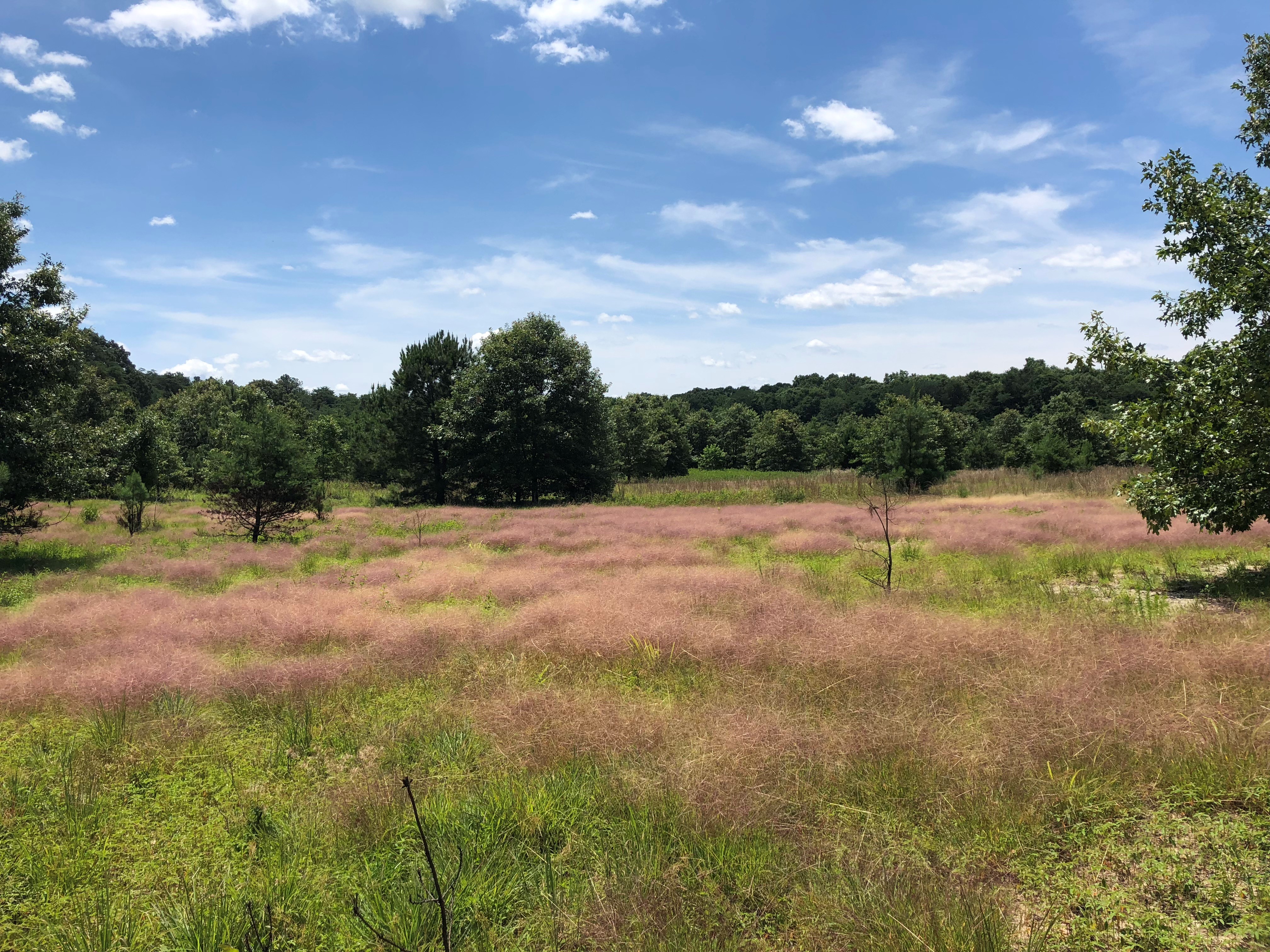
Middleford North Preserve
Middleford North is located just upstream from Seaford, where the main stem of the Nanticoke River meanders through riparian forest and lush freshwater wetlands. Learn More About Middleford North Preserve
-

Milford Neck Preserve
With miles of undeveloped beaches and dunes, vast tidal marshlands, swamp and upland forests and a patchwork of agricultural lands, the Milford Neck offers natural beauty and biological diversity. Learn More About Milford Neck Preserve
-

Pemberton Forest Preserve
Pemberton Forest provides unbroken forest needed by migrating birds and wide-ranging species. The 908-acre Ponders Tract is open to the public, while the Pemberton Tract is not. Learn More About Pemberton Forest Preserve
-

Sowbridge Branch Preserve
This 1.12 acre parcel was donated by the Greenly family in 1990 to become TNC's first preserve in Delaware. The site is dominated by Atlantic white cedar swamplands and bog like habitats.
Partnerships in Protection
Explore some additional public preserves TNC has had a hand in protecting.
Stay in Touch
Sign up to receive monthly e-mail conservation news & updates from Delaware.


